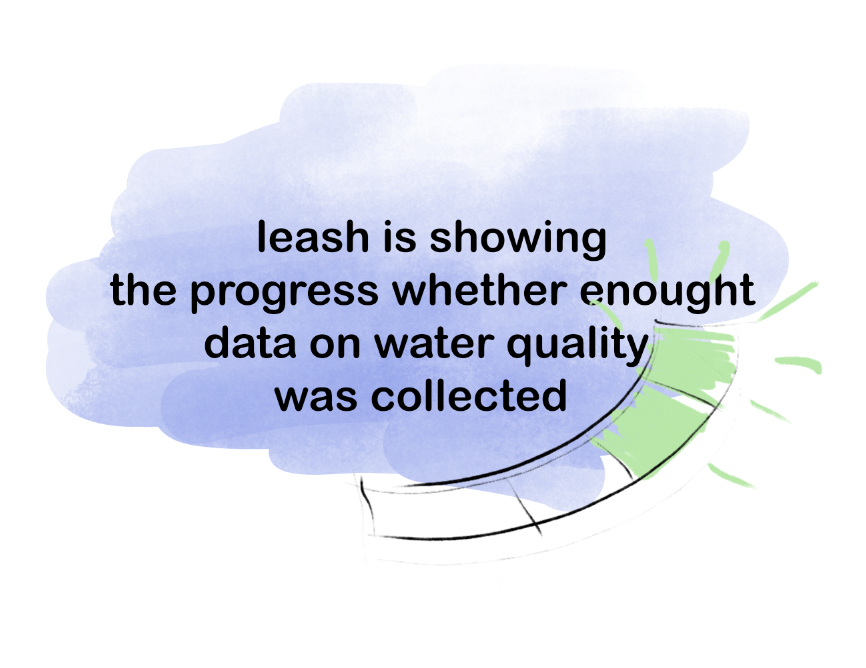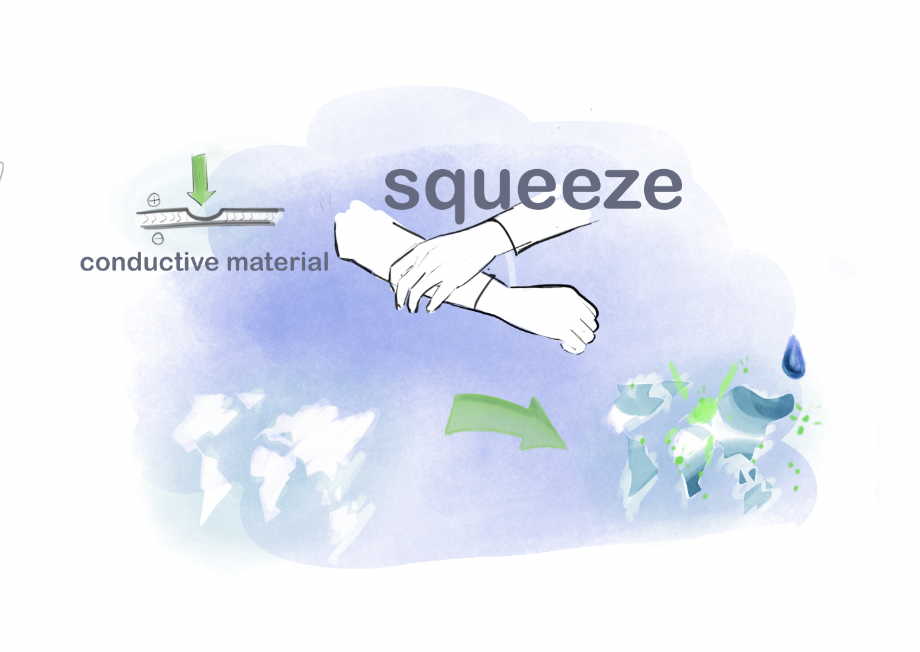
Exhibition 2_Group 15
| Team number | ?Group 15 - Totally Spies |
|---|---|
| Students | Yuliya PylypkoAlina Sterre Hoek Sterre Hoek Nina te Groen Nina te Groen |
| Coach |  Ianus Keller Ianus Keller |
| Brief | O'Neill |
| Keywords | |
| One liner | |
| Link to video | https://www.youtube.com/watch?v=vG9tcDddyxY&feature=youtu.be |
| Link to video 2 | https://www.youtube.com/watch?v=wgiOs9E-KUM&feature=youtu.be |
| Exhibition presentation |
Why? We want the surfers to have a holistic experience and promote the reuse of the O'Neill communal wetsuit with a greater purpose for the user and the environment by encouraging surfers to collect the traces on the interactive wetsuit map. There is an environmental data gap that the concept encourages surfers to fill out the missing data points.
One of them is the proportion of bodies of water with good ambient water quality (SDG 6.3.2). There is a necessity to cover 17,370 different data points across the 90 environmental indicators in 93 UN countries to complete data coverage; surfers could be ambassadors of this citizen science movement.
Our concept will enhance the community feeling by showing the spots where other surfers actively gather data, enhancing the sense of belonging to the O?Neill frontline cohort. The map is a conversation starter for other surfers at the spot, who will reuse the sharable suit. Surfers not only interact with a suit and get active live feedback on the results of water exploration.
What? Our concept will have various interaction points:
1. Data collection is activated by putting the leash on;
2. Collecting the data automatically by a leash with feedback with green light on a leash on whether enough data has been collected in the spot. This provides the surfer with the state where s/he is in the process;
3. Surfers can share with others by squeezing the arm where the suit has been collecting data from and what The map is revealed with the wetsuit getting wet to show the exact location where the other surfers are live.
4. Data has been collected automatically, but the surfers will ?upload? the data by washing the suit in a water tank, which is the closing part of the interaction.
How? When the surfer gets out of the water, others and the surfer can explore in detail where other surfers are because the outlines of the continents are made of hydrobromic/ thermochromic (water usually has a lower temperature than air) material which becomes more contrasting after interaction with water. The prototype is running with an Arduino board and water quality sensor, measuring data passively and sending it to O'Neill database. Information is interpreted and visualised by AI on the suit with a waterproof LED placed around the world map. The squeezing input is afforded by circuiting two layers of conductive material.

Collecting Feedback from visitors



